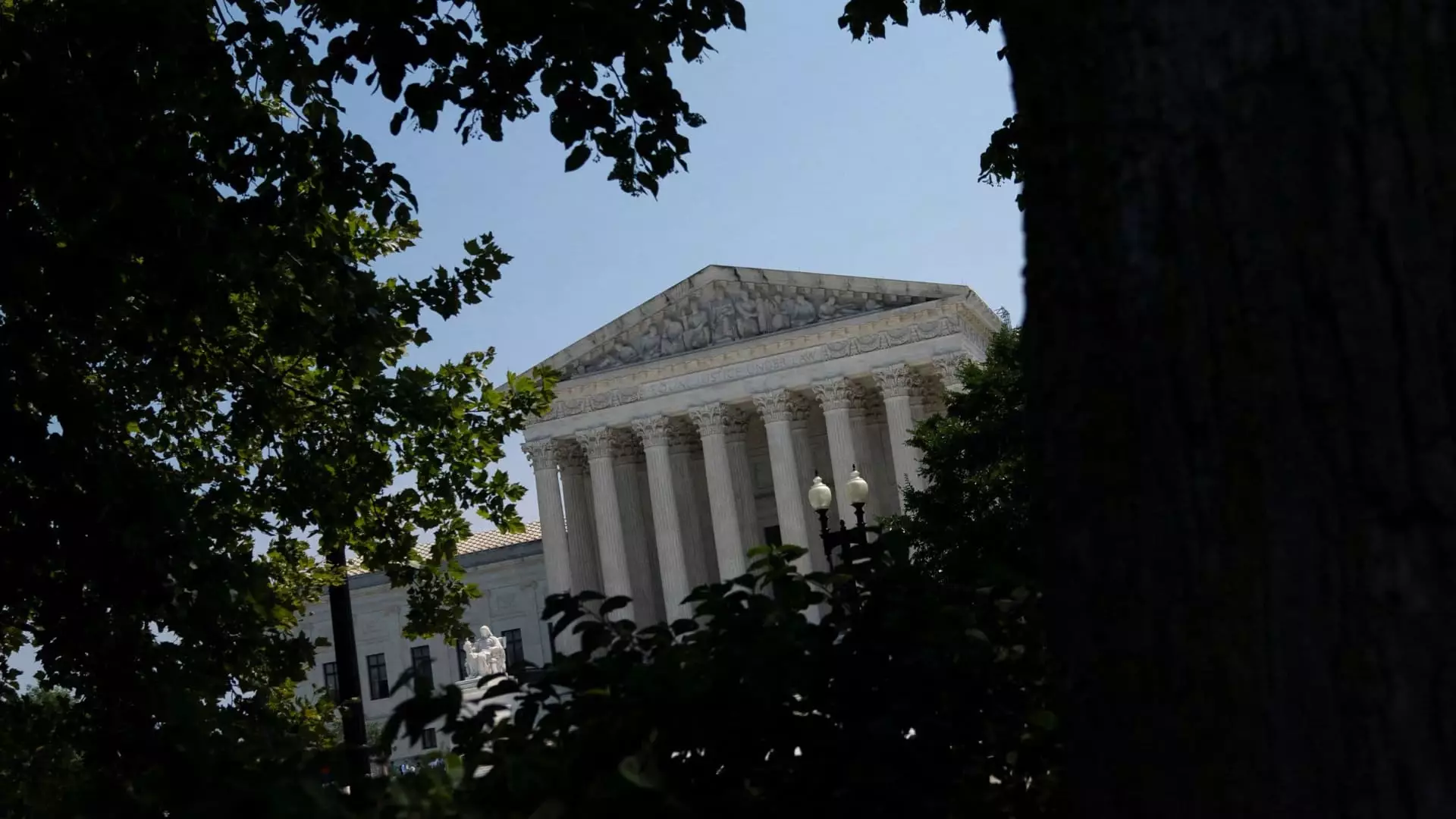The recent ruling by the U.S. Supreme Court to lift an injunction blocking the enforcement of the Corporate Transparency Act marks a significant moment in the realm of financial regulation and anti-money laundering efforts. This act mandates that corporate entities disclose the identities of their beneficial owners to the Treasury Department, specifically the Financial Crimes Enforcement Network (FinCEN). The implications of this ruling extend far beyond a mere legal decision; they touch on issues of corporate accountability, the integrity of financial systems, and the broader impact on small businesses across the nation.
The journey to this point has been turbulent, with the Corporate Transparency Act being challenged in federal court by small business entities and the National Federation of Independent Business. Their argument centered on the claim that Congress had overstepped its constitutional boundaries. U.S. District Judge Amos Mazzant’s injunction effectively created a pause on the implementation of this significant piece of legislation, declaring that the act might infringe upon states’ rights according to the Constitution’s 10th Amendment.
However, this ruling was met with swift action from the Biden administration, which argued for the importance of the reporting requirements in combatting financial crimes such as money laundering and tax evasion. The administration’s position underscores a critical acknowledgment that corporate opacity can foster an environment ripe for illicit activities, with corporations potentially serving as shielded fronts for crime.
One of the central concerns surrounding this law is its impact on small businesses, which often serve as the backbone of the American economy. Opponents of the Corporate Transparency Act argued that the burden of compliance could disproportionately fall on these smaller entities. They feared that the costs associated with reporting requirements, combined with the complexities involved, might stifle entrepreneurial endeavors or drive small business owners away from legitimate business activities.
Despite these concerns, millions of corporate entities had already begun to comply with the reporting requirements before the injunction. Such compliance indicates a willingness among businesses to embrace regulatory measures aimed at increasing transparency, even if they come with challenges. The legal conundrum emphasizes a pivotal moment for businesses navigating the fine line between regulatory compliance and operational viability.
The term “beneficial owner” is crucial in understanding the implications of the legislation. A beneficial owner is an individual who, directly or indirectly, owns or controls a company. This definition serves as a cornerstone for identifying those who may wield significant influence over corporate entities without being visible to regulators. The act’s requirement for corporations and LLCs to disclose this information is intended to strip away layers of anonymity that can be exploited for nefarious purposes.
Experts argue that without such transparency, the United States has become a prime locale for criminal organizations seeking to launder money through shell companies. Thus, the act’s supporters, including the Biden administration, emphasize the necessity of these reporting requirements as vital tools in the larger fight against financial crime.
The Supreme Court’s decision to allow enforcement of the Corporate Transparency Act unveils a pathway toward more stringent monitoring of economic activities impacting interstate commerce. With this ruling, Congress’s authority under the Commerce Clause reasserts itself, throwing the legal arguments presented by opponents into sharper relief. The crux of this case hinges on balancing the constitutional limits of regulatory power against the pressing need for mechanisms to combat financial crime effectively.
In a broader context, this ruling raises questions about the future of corporate governance in the United States. As regulations around beneficial ownership tighten, companies may need to reevaluate their operational structures and compliance protocols. Small businesses, while initially uneasy about increased scrutiny, may ultimately find that a transparent environment fosters greater confidence among consumers and investors alike.
The Supreme Court’s ruling represents a pivotal moment in the evolution of corporate governance and financial regulation in the United States. As the enforcement of the Corporate Transparency Act proceeds, both large corporations and small businesses must navigate this new landscape of enhanced accountability. While challenges remain, the overarching goal of preventing financial crime through increased transparency and oversight may strengthen the integrity of American business practices and foster a more legitimate economic environment for all stakeholders involved.


Leave a Reply